Insects are found in every corner of the world, and many of them have become unavoidable "companions" of human society and are pests that often cause trouble to families in terms of hygiene. The top ten common pests in the home include fleas, bed bugs, cockroaches, flies, mosquitoes, ticks, mites, and more. Which household pest do you hate the most? Which of these pests gives you the most headaches?
1. Fleas (parasitic on mammals and suck blood/infectious diseases/strong vitality)
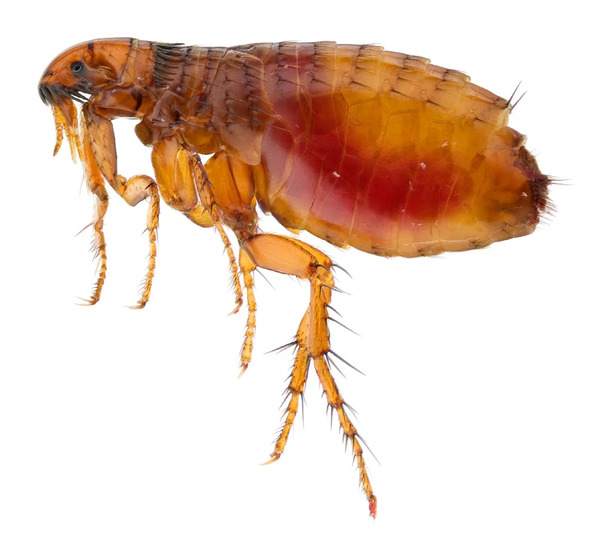
Fleas, one of the top ten household pests, are widely distributed around the world. Both males and females have blood-sucking habits and are sensitive to temperature changes. They require the host to maintain a normal body temperature in order to be parasitic. Once the host becomes sick and the body temperature rises or the body temperature drops after death, the fleas will Quickly transfer to other hosts to feed on blood. This flea can jump from dogs, cats, rats and other animals to the human body to suck blood. Fleas transmit a variety of diseases, including plague, endemic typhus, taeniasis, subcutaneous parasitism, etc. Driven by human commercial activities and transportation, some flea species have become globally distributed species. In addition, adult flea mosquitoes can last up to 12 months without feeding, making it difficult to eradicate completely in a short period of time. They will also lay eggs in clothing and carpets, making treatment more difficult.
2. Bed bugs (blood-sucking/bad smell/tenacious vitality)
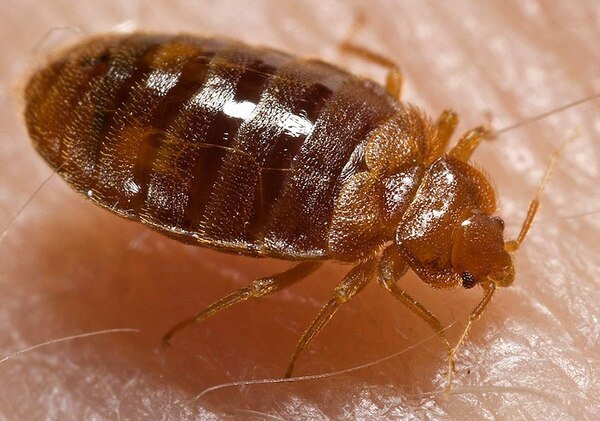
Bed bugs, also known as bed bugs, often hide in indoor walls, gaps in wooden furniture, straw mats, and bedding. They may also appear in the gaps between tables and chairs in transportation and public places. Some of them will co-parasitize humans, release special odors, and tend to swarm. They hide during the day and are active at night and suck blood. This bug has no obvious host preference and not only feeds on human blood, but also parasitizes rodents, poultry and livestock. After being bitten, people with sensitive skin may experience local redness, swelling, itching and other symptoms, and scratching may lead to bacterial infection. Without the opportunity to contact the host, bed bugs will be in a state of starvation. In an environment with low temperature and high humidity, adults can usually endure starvation for 6-7 months or even more than a year.
3. Cockroach (omnivorous insect/carrying a variety of germs/tenacious vitality)
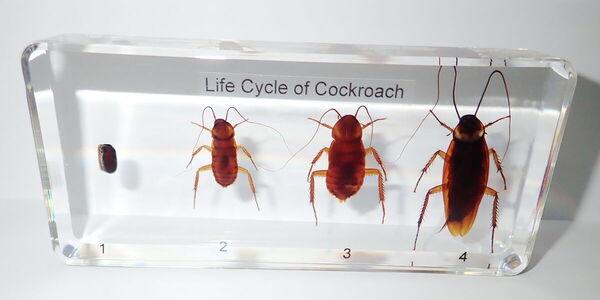
In the overview of common household pests, cockroaches are naturally an indispensable presence. In China, cockroaches are known as the "first of the four pests". They are omnivorous insects that feed on bread, rice, pastries, various cooked foods, fruits, vegetables and beverages. In addition, they will also eat cotton products, leather products, paper, soap and other items. Outdoors, cockroaches will feed on decaying organic matter and even eat dead animals. Cockroaches can carry bacteria that cause Asian cholera, pneumonia, diphtheria, glanders, anthrax and tuberculosis through artificial infection, posing a serious threat to human health.
Common cockroach species in China include German cockroach, American cockroach and black-breasted cockroach. The German cockroach is the smallest but extremely fecund, while the American cockroach is more visually creepy and can fly.
4. Flies (omnivorous insects/disease spreading/tenacious vitality)
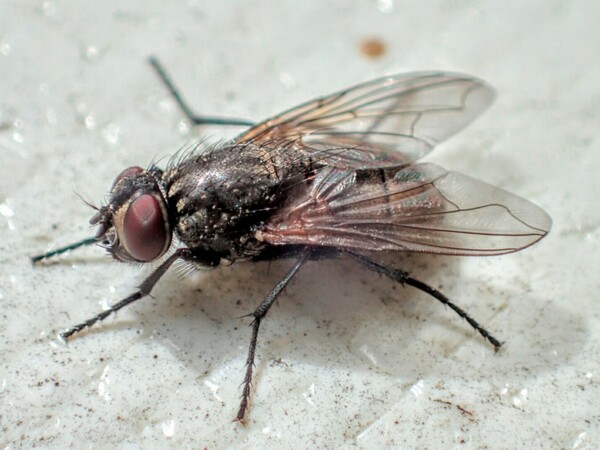
When it comes to the most harmful pests in the home, many people may ignore flies, but in fact flies are very serious. They are found all over the world and love to breed in feces, garbage and decay. Flies are omnivorous and can eat a variety of substances, including human food, human and animal excrement, kitchen scraps, other garbage, and plant juices. It is particularly important to note that flies have a significant impact on livestock and poultry breeding and may spread important diseases such as avian influenza, Newcastle disease, and foot-and-mouth disease. During disease outbreaks, flies can accelerate the spread of these infectious diseases. In addition, flies can transmit more than 30 diseases, including typhoid, paratyphoid, poliomyelitis, infectious hepatitis, polio, cholera, dysentery, infant diarrhea, food poisoning, and intestinal parasitic diseases.
5. Mosquitoes (bites and sucks blood/spreads diseases)
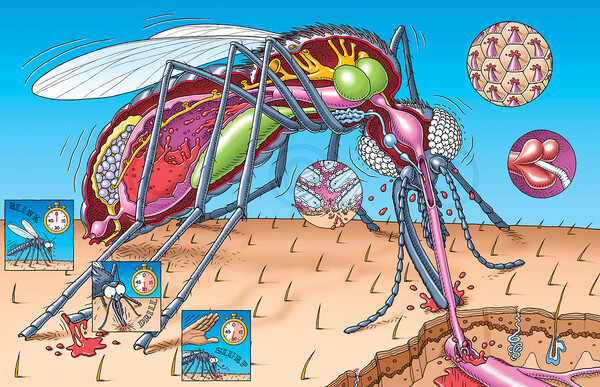
Summer is the season for common pests in the home. Among them, the most annoying mosquitoes not only bite and suck blood, making people feel uneasy, but also spread a variety of diseases. According to research, mosquitoes are the main vector for spreading more than 80 different diseases. Mosquitoes are undoubtedly a huge threat to humans on Earth. In China, mosquito-borne diseases include dengue fever, Japanese encephalitis, malaria and filariasis. It is worth reminding everyone that dusk is when mosquitoes are most active and is also the best time to kill mosquitoes. Mosquitoes often hide in hidden places such as corners, ceilings, under beds and behind seats, so pay special attention to these places when spraying insecticides. These measures can help effectively reduce mosquito infestations in your home.
6. Ticks (suck blood for life/carry viruses/spread diseases)
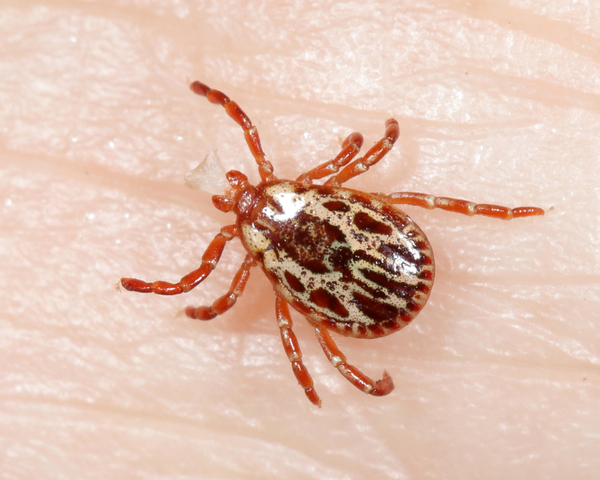
Ticks are feared household pests that are widespread around the world. Whether they are adults or larvae, blood-sucking is their main way of life throughout their life cycle. Their host range includes terrestrial mammals, birds, reptiles and amphibians, and some species even prefer to become internal parasites on humans. When ticks parasitize on the surface of the human body and suck blood, they may spread a variety of infectious diseases, causing serious consequences to the victims and even endangering their lives. Although there is no obvious pain when bitten by a tick, it often causes acute inflammatory reactions such as local congestion and edema at the bitten site, and sometimes may lead to secondary infection. Neurotoxins secreted by some ticks can cause muscle weakness in the bitten person, leading to respiratory failure and ultimately death.
7. Mites (ubiquitous/rapid reproduction/harm to health)
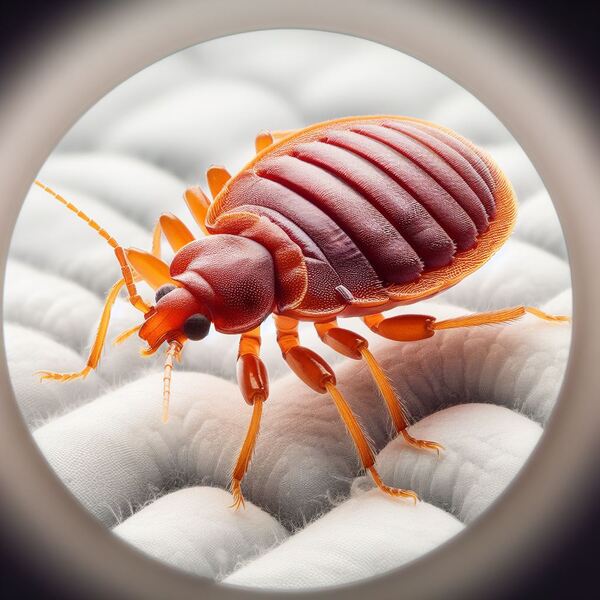
Mites are one of the most common and insidious pests in the home. They are widely distributed in dark corners of the house, carpets, mattresses, pillows, sofas, air conditioning equipment and mats. Their living habits are diverse, including herbivorous, detritivorous, parasitic and predatory. There are two main types of mites that parasitize the human body: one is follicular mites, also known as human demodectic mites; the other is sebaceous mites, which mainly live in the sebaceous glands of the human face. Mites reproduce very quickly and can produce more than ten to twenty generations in a year. Their corpses, secretions and excretions may become allergens, leading to allergic dermatitis, asthma, bronchitis, nephritis, allergic rhinitis and other diseases in the human body.
8. Lice (blood-sucking/infectious diseases)
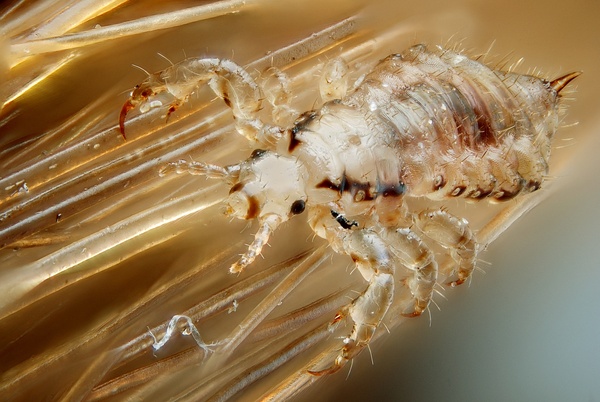
Lice are also one of those difficult pests to get rid of and are particularly stubborn. They parasitize the hairy parts of the human body, usually choosing to lay eggs at the roots of the hair, and like to gather behind the ears and other places. Body lice mainly live on clothing that is in close contact with the human body, especially in folds, collars, and waistbands. They will lay eggs on clothing fibers. Pubic lice mainly inhabit areas with thicker and looser hair, mainly on the hair on the pubic area and perianal area, and are usually more common on eyelashes in other body parts. These parasitic lice are eager to feed on human blood under natural conditions. If the larvae suck blood at least once a day, while the adult lice may feed several times, they can also spread a series of diseases, such as epidemic typhus, trench fever and louse-borne relapsing fever. . However, lice breeding can be avoided by changing laundry and bed sheets frequently, washing hair frequently and other hygienic measures. It is very important to maintain good hygiene habits, especially not to share other people's combs and bathing utensils.
9. Termites (strong reproduction/long life/destroy furniture)
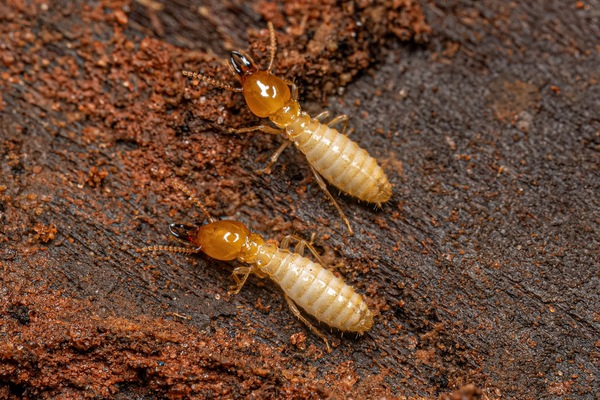
Termites are widely distributed in tropical and subtropical areas, and their main activity range in China covers the vast area south of the Huaihe River. Although they are named after "ants", in fact, in insect classification, termites are not in the same family as ants, but closer to cockroaches. Although similar in size and behavior to common ants, termites are taxonomically closer to cockroaches. They are nature's experts at breaking down wood fibers and can cause damage to wooden buildings and furniture. Termites like to live in hidden places with suitable temperature and humidity, loose soil and rich organic matter, such as human residences, livestock sheds, toilets, cave dwellings, wall cracks, etc., which are ideal places for termite larvae to breed. Termites have strong reproductive capacity. Each queen can lay 400-500 eggs per day, and the number can even reach more than 80,000 eggs. Their lifespan is long, ranging from about 15 to 30 years, and some individuals can even live up to 50 years.
10. Clothes moth (harms clothing)
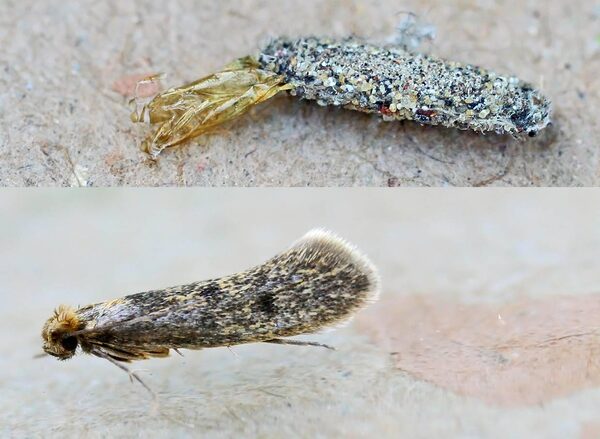
Clothes moths are a widespread household pest found around the world. Its larvae are slow-moving, form cocoons and destroy textiles, including stored wool, upholstered furniture, furs, carpets, blankets, fishmeal, synthetic wool, and cotton blends. These larvae are often found in crevices of clothing storage rooms and upholstered furniture.
Clothes moths are fragile and have limited flight distance, so their range of activities is restricted. They particularly prefer textiles with food or other contaminants attached to them. Signs of clothes moths may also appear on collars and folds of clothing, but pure cotton clothing is relatively less susceptible to damage. Generally, when the seasons change, be sure to clean and dry clothes before placing them in a clean wardrobe. This can effectively reduce the occurrence of pests.
Other common household pests:
Fruit flies, book lice, silverfish, carabid beetles, moth gnats, rice weevils, sweet potato weevils, bean weevils, stove horses, flower bark beetles, castaneum beetles, grain borers, stink bugs, springtails, shield scales, moth midges, Tobacco beetles, grain moths, skin beetles, blind spiders, sharp-eyed mushrooms, hoverflies, castaneum, small mushroom beetles, mealybugs, etc...
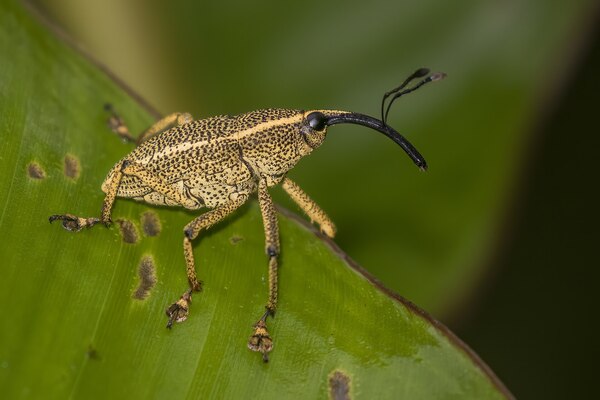
elephant trunk bug
animal tags: pests
We created this article in conjunction with AI technology, then made sure it was fact-checked and edited by a Animals Top editor.